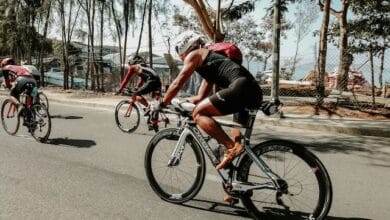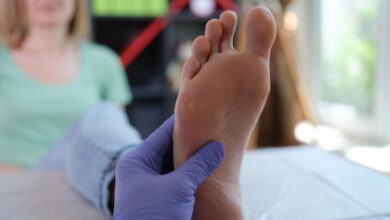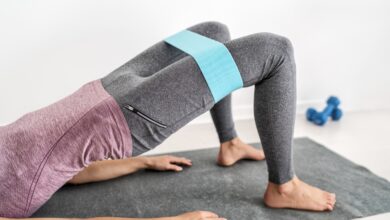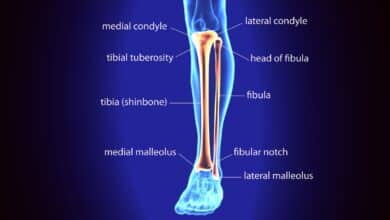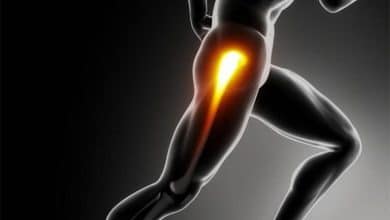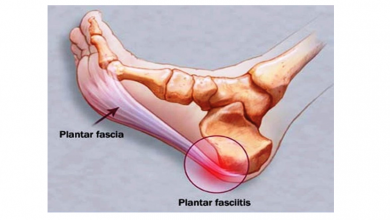Achilles tendinitis or plantar fasciitis, the nightmare of runners
Stretching, running technique and strength work are essential to prevent them from appearing.
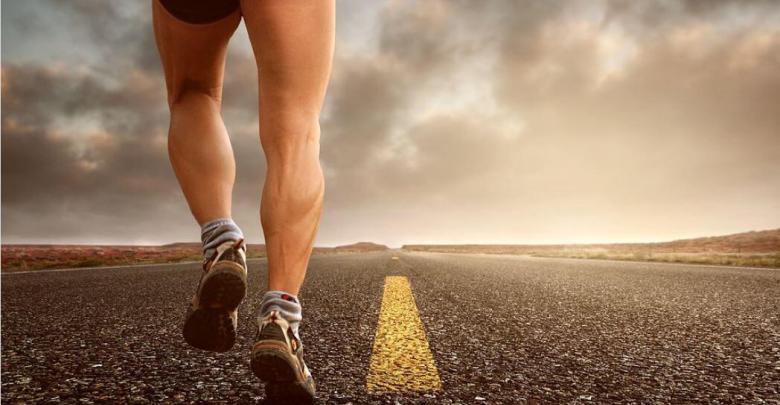
Our collaborator Healting, speaks in this article about the anatomical components and the predisposition that runners or triathletes have to suffer this injury.
We are sure that on more than one occasion they have heard that some acquaintance who carries out training that has to do with the race has suffered a Achilles tendonitis or a Plantar fasciitis, which are tedious injuries in their recovery in addition to quite painful in the day to day and of course in sports practice.
In today's article we are not going to talk about lesions in depth if not in all their anatomical components and why it seems that there is a predisposition to that sooner or later this injury occurs in runners or triathletes.
The first thing we must understand is that the foot has evolved over thousands of years for the purpose of standing and locomotion, generating what is known as Aquileo Calcáneo Plantar System. This system is made up of different bones, muscles, tendons and other anatomical parts where three main pillars stand out:
- El Achilles tendon, responsible for transmitting the power to the muscles of the triceps surae (twins and soleus).
- La tuberosity posteroinferior bone of the calcaneus (heel).
- La Plantar fascia, triangular and flat fibrous structure found in the sole of the foot, as well as, the flexor and abductor muscles of the big toe.
All these parts of the body work together during the great effort involved in normal running, said effort is notoriously increased during the race and the jump where there is a greater predominance of unilateral supports.
From the biomechanical point of view, this system is formed by two vectors, one vertical and one horizontal that correspond respectively to the Achilles tendon and the plantar fascia. This particularity associated with a repetitive and high intensity exercise gives rise on a large number of occasions to the occurrence of shortening of muscle chains, thus causing various clinical pictures of different tissues subjected to physical stress higher than normal.
It is important to note that we should not simply focus on the foot and we should look up to see the hamstrings and the thoracolumbar spine that may have also suffered from synergy.
In addition to the aforementioned we must include the Windlass mechanism that is the mechanism by which the internal arch of the foot is elevated by a dorsal flexion of the big toe that tenses the plantar fascia and causes a blockage in the ankle joint preparing in this way at the foot for the propulsion that realizes the takeoff and last contact of the ground.
Because of all this, the other phases of the training besides the race gain relevance, such as stretching, running technique and strength work to keep the body in a state of optimal efficiency and of course, the preventive nature that physiotherapy provides with its variety of treatment possibilities (massage, kinesitherapy, electrotherapy, etc.) that will increase sports performance and the ability to carry out efforts. to which the Plantar Calcaneal Aquilea System is subjected.
From the medical center Healthing we recommend you to carry out your training with a more multidisciplinary approach, if you have any questions, do not hesitate to contact us through our website https://healthing.es
There are no previous results.









